Industry
Top 5 KPIs: Kate Scott
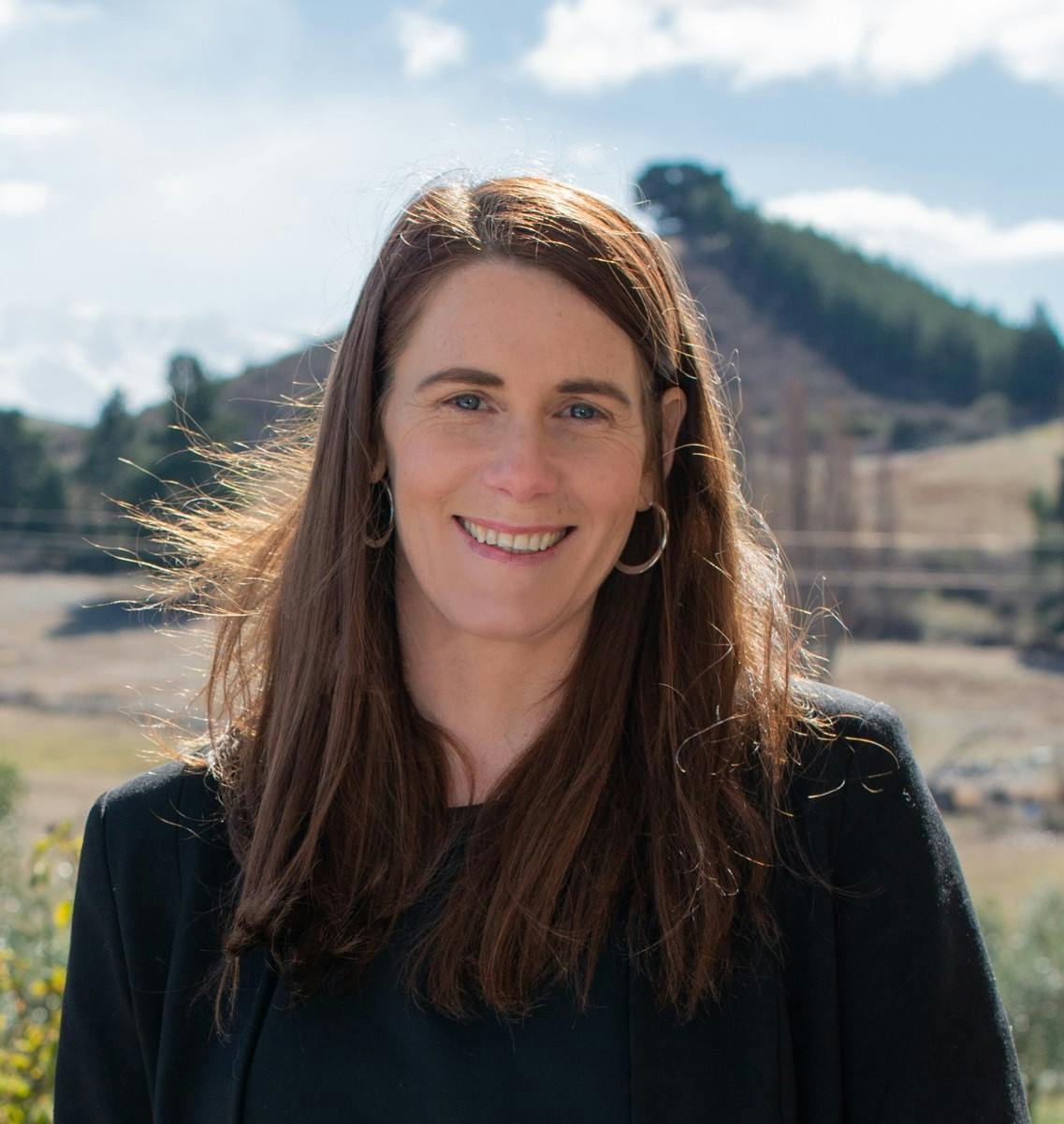
"For the 5 KPIs I’ve listed, if you’re to ask me what good looks like, I would say most of the time it’s just starting the conversation. It’s easier to make a start and tweak what you’ve got as opposed to not starting at all.
Use the tools and data available to you to inform strategic decision making - this isn’t about adding additional cost and complexity to your business. It’s about doing it for your business goals - whether it’s a compliance conversation, a discussion about farm plans or you’re looking to access sustainable lending - do what you can with the best information you have available today."
- Kate Scott, Landpro
Kate Scott is the Executive Director of Landpro, which works alongside dairy, sheep and beef, horticulture and viticulture farmers. Kate's Top 5 KPIs emphasise the importance of starting conversations and using available data to inform strategic decision making on farm.
Kate says, inevitably, in farming we’re all in a position where we need to prove our social licence to operate and with that comes the requirement of a track record or baseline to measure against. From her perspective, recording when things are going well is just as important as when things don’t go well because sometimes things just happen outside of your control! So documenting what you are doing on-farm now, you at least have a record demonstrating that you intentionally set out to try and do the right thing. Be really deliberate about the strategic team of people you have supporting your business to facilitate good outcomes. If you’re looking to make informed decisions, you want your circle of trust to be working together with you rather than in isolation. Take a collaborative approach with people and tools that enable you to share your planning, assets and data to the places you need to.
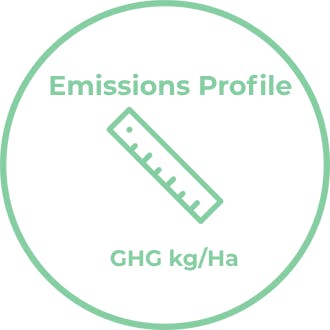
Understand Your Emissions Profile
I personally believe that it’s really important to go through the process of understanding what your profile looks like and the key drivers contributing to your business emissions. Is it largely driven by your class and type of livestock, your nutrients, or by imported feed?
Get a baseline to measure against then if down the track there are changes from a policy or regulatory perspective it means you can really quickly evaluate the levers you have to pull within your business to respond or adjust. If you have a good understanding of the composition of your emissions and where they are coming from, it makes it easier to make an informed decision and how that impacts productivity and profitability across your business.
Doing an annual review is a good place to start and will generally align with a business’ farm plan requirements. It’s key to remember that your emissions profile will change year to year. For example, if there’s been a drought in a season and I’ve had to buy in more feed my emissions are likely to go up because my imported feed is a large driver of that. But it also means I can start to make some decisions around other areas of my business. For instance, if I have an inefficient animal this could be an area I choose to focus on. Can I improve the genetic capability of my stock to help me drive my utilisation?
There are a range of tools out there that can support you to understand your profile and it’s about finding the tool that’s right for you and your farming business and the time of the year that makes sense for you to do it.
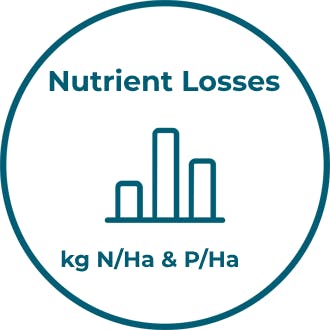
Understand Nutrient Losses
What is your kg of nitrogen use per hectare, and your kg of phosphorus per hectare? It’s important to know what’s in your system and understanding what your baseline data might be. Pick a relevant year to use as a baseline so you can understand what the changes are to your farm over time. This will help to support long term decision making if we can understand what’s coming out the bottom at the moment.
How are changes to my farm system influencing what happens in terms of what’s falling out the bottom? The reason that becomes important in my world is if we’re having strategic conversations and we’re wanting to understand or look at opportunities for land use optimisation or land use change or ways of doing our farm systems better.
Evaluate what’s dropping out the bottom at the moment, and what changes could be made to reduce wastage in your farm system - knowing what’s already in the system and the benefits or implications of tweaking inputs.
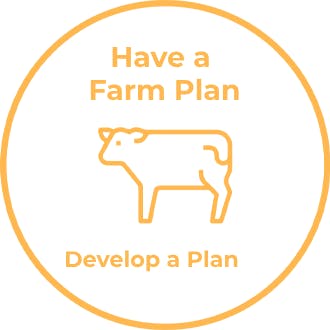
Have a Farm Plan
In my view, you can’t go past starting with a good plan which allows you to talk about what you’re doing and where you’re going to do it. Farm plans can deliver a huge amount of value to support decision making, whether for access to sustainable lending, to meet assurance programmes or simply to follow through on your compliance requirements. With that said, it doesn’t matter what kind of farm plan you have in place, but make sure it's fit for purpose for your business requirements.
From a compliance perspective, it’s a little bit of a mucky time as we’re not sure what’s happening nationally with the certified freshwater farm plan but it’s still important to make a start to capture and document the impact your activities have on farm. This means when you do have a compliance obligation you have the information on hand.
Your farm plan will need to be updated annually to fit with most regulatory requirements. However, this doesn’t mean an expensive review process, it’s more to confirm that the plan is still relevant to your activity on farm. The benefit of a farm plan to a business is commensurate with the effort put in so, the trick is to find the sweet spot for your farm and create a living document that can help drive better outcomes for you and your business.
There are some great free templates available through Beef & Lamb or DairyNZ. If you’re a Fonterra supplier sometimes you can access a Tiaki plan, and of course consultants will have a bespoke offering as well. In regard to taking actions in what’s outlined in your farm plan, my advice is to pick off the lowest hanging fruit and understand where you can get the biggest bang for buck. The small incremental changes you make can create opportunities for betterment and often those small incremental tweaks can get us just as far, if not further ahead.
For example, it might be as simple as starting to document a track record. Get your farm team out on farm to take photos to demonstrate your good practice and save it in a shared location so if you get asked to prove that your stock are excluded from waterways you have evidence of temporary fences at the required setbacks, show that you’ve fenced off your critical source areas.
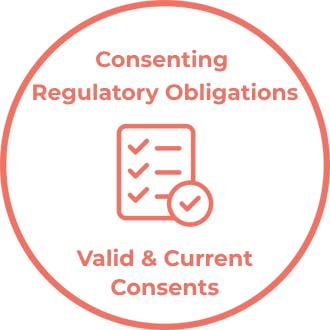
Valid & Current Consents
This is probably more relevant in the dairy sector but it’s important to make sure you have valid and current consents in place. This becomes particularly important when you’re looking at inviting in investors or selling a property, as any prospective purchaser or investor will do their due diligence to review the compliance history associated with a farm, as well as checking that all consents are current.
Obviously consents differ region to region so it’s important to do your due diligence to understand what your consenting regulatory obligations are. A good example of this is in Otago where historically there have been no consenting requirements for effluent storage and the discharge of effluent. However recently this has changed, meaning consents are now required and ponds need to be drop tested to demonstrate that they are fit for purpose.
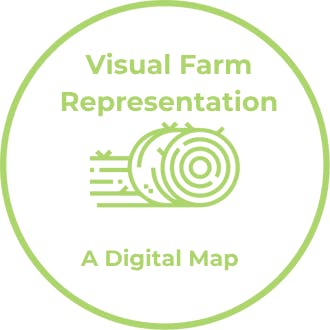
Digital Visual Farm Representation
As I mentioned earlier, you can’t go past starting with a good plan which feeds into understanding how you farm. This means that many of my conversations start around a farm map because we want to understand our land, what we’re doing and the risks and opportunities.
It doesn’t matter if you’ve created your maps from Google Earth, or you’re working with a consultant with GIS capability, just have a digital visual representation of your farm. This is important to show critical source areas, waterways to understand your property. It’s also helpful to add layers to view aspects like soil types on your farm.
Having a visual representation helps to guide the operation of your farm system, providing a quick and easy way to understand which paddocks have been replanted, where waterways are located, if there’s a different way I can set up my farm fencing to gain efficiencies within a farm production system.
Interested to see what others have ranked as their Top 5 KPIs?
Take a look at what other industry characters have defined as their Top 5 Farming Key Performance Indicators.
More articles
Industry
Top 5 KPIs: Craig Hickman
Craig Hickman is a proud Fonterra farmer and the owner of a 1000-cow farm in mid-Canterbury. Craig shares the ways he strives for efficiency on farm
Industry
Top 5 KPIs: Rebecca Hyde
Rebecca Hyde is a Nuffield Scholar and owner of TFD Consulting where she works alongside farmers and businesses to strengthen environmental management. Rebecca shares what she thinks are the most important data sets to be capturing on farm.
Industry
Top 5 KPIs: Cameron Henderson
Cam Henderson farms with his wife and two children near Oxford, North Canterbury. Cam is also a director of Ballance and a Steering Committee member for He Waka Eke Noa. As a passionate advocate for sustainable agriculture, Cam shares his Top 5 KPIs which focus on achieving a balance of productivity, profitability and sustainability.